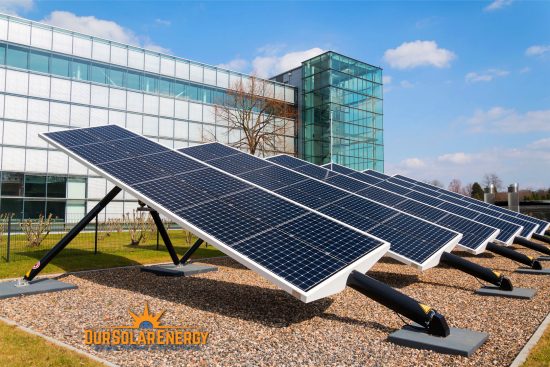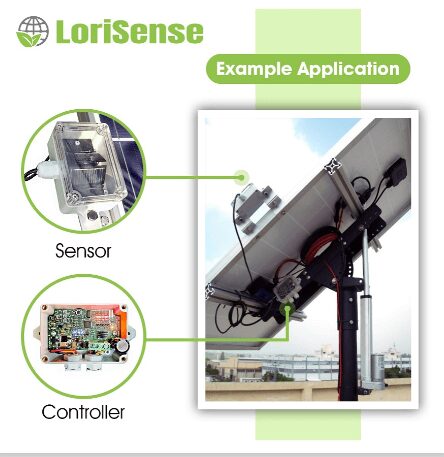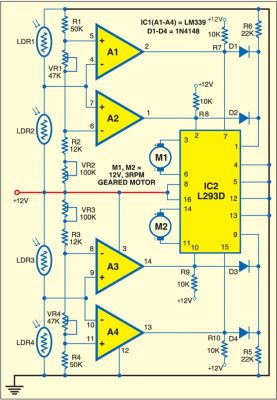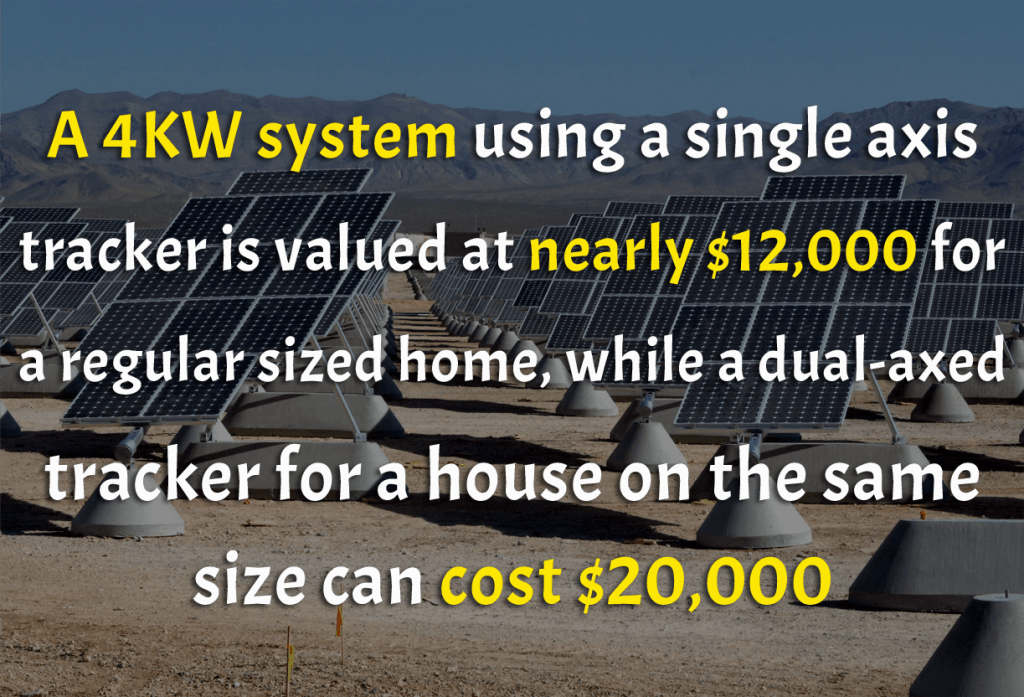This article was updated on August 24, 2023
You finally have decided to embrace green energy full time at your house, and that’s a good call in a day and age when the costs of fossil energy are rising each day, and geographical constraints limit thermoelectric options.
The sun doesn’t have that kind of limitations, the most powerful star close to our planet can reach everywhere, and if we choose this unlimited source of power by using solar panels, we are going to need Solar Trackers to make sure we get the best of it.
Right now you wondering “what are solar trackers and why do I need them?”
let’s go over the basics of this tech to have a better understanding of how useful it is.
A solar tracker is a device that uses photovoltaic modules to follows the position of the sun to increase the output of energy that solar panels can give to a household. The trackers are meant to direct the solar panels installed at your place to the accurate location of the sun and improve their performance up to 40%.

When you compare these performance numbers to traditional fix-tilt systems, you’ll have a pretty clear idea of why is so important to have them lined at your place, especially if you are a homeowner in areas where the sun presence is inconsistent or limited due to the four main seasons.
The moving panels are also becoming a preferred option over the classic stationary ones because it maximizes the electrical flow by having the trackers follow the sun around.
Related: Best Solar Generators (For Your Outdoor Activity)
Solar trackers can improve the performance of your solar system by up to 40%.
www.oursolarenergy.com
LoriSense designed state-of-the-art solar tracker with IP-65 grade that means it can be exposed to both sun and heat.
An example application of LoriSense Solar Tracker

How Many Solar Trackers are out there and How do they Work?

In the current market, you can find two main types of trackers base on their axis: single and dual ones. As you can expect the main difference between these systems is based on performance.
- A single axis tracker on an average solar panel can deliver an additional electrical output of almost 35% for a regular house.
- A dual system, however, can go way above that measuring and deliver up to 45% of additional power using any solar panel setting.
It all has to do with the position of the sun. A single- axis system can follow the sun in the normal east-to-west trajectory while the dual systems can move the panels to any position they are needed.
This is useful for locations where the position of the sun changes too often due to seasonal changes. These trackers can work with a fixed sensor or with dynamic ones. Modern options work by following complex algorithms and online features to be more accurate.
What is the Best Placement for these Tracking Systems and Much It Costs?
It all depends on the type of household you have or the kind of project you wish to pursue.
If you are expecting to power up a living home for a family the best place to fix your solar panels and the tracking system is on the roof.
The technology is designed to occupy the same space as the fixed systems, and it weighs almost the same the same as them. If you need to power up a larger facility, it would be best to have additional space to place the system nearby.
A solar tracker is not exactly cheap, but given the fact that it can help go full-time green and enjoy quite a lot of money on electrical power, the investment seems sound in comparison.

The main differences in power output have already been discussed so the choice must be based on the type of performance you expect out of the system.
The Pros and Cons of Working with Solar Trackers
As you can imagine by now, some factors weigh in a positive light to adopting such expensive technology, while there are others that you need to consider before embracing it full time.
Here is a list of pros and cons for that can serve you as food for thought. Take a moment to read them up and reach your own conclusions:
Pros
- Trackers are an accurate and tried method to get your solar panels systems to improve their performance as energy delivery systems. The numbers attributed to both single and dual axis options speak for themselves.
- The tracking options available can be customized to the needs of any energy project. Unlike fixed systems, an energy solution using solar trackers takes into account all the variables affecting the energy output of the system, from weather to degrees of inclination.
- Solar panels lined with trackers take as much space as regular ones. They are the best choice for optimization or upgrading of existing green energy solutions.
- Depending on your location you can sing up “Time of Use” utility plans that can land you additional sources of income by selling your excess of energy product to conventional power plants for a negotiated rate.
- Just as regular solar panels, solar trackers require little maintenance from specialized technicians. One checkup a year is more than enough.
Cons
- When compared with fixed solutions, the price of solar tracking systems is high, even with the stated saving benefits that have been already discussed.
- Solar trackers still need the occasional spare part when they need to be fixed, and those are also very pricey.
- Lining up solar trackers is a bit more complicated than setting up a regular system. It also requires a trained professional to handle the work properly and avoid any mistakes.
- Even with the added sensors equipped on the trackers, these systems still get their best performance on locations where the sun shines better all year-round.
- When it comes to bankability for business-oriented alternatives, single axis trackers are not as functional as double axis trackers, making the investment larger and more concerning for business partners.
As you can see, there is a lot to learn and consider before taking on this tech full time. It is, in fact, quite an excellent fit for houses and businesses that are not challenged by climate conditions, but it can become a burden for northern locations if you don’t do your homework.
